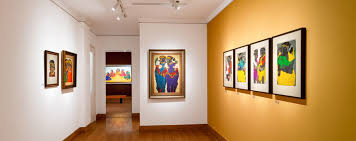
Menu

Jamdani, the crown jewel of Bangladeshi textiles, is experiencing a beautiful rebirth. Once the prized fabric of Mughal emperors and aristocrats, this intricate handwoven muslin is now being reimagined by a new generation of designers, artists, and entrepreneurs. What was once in decline is now a symbol of national pride and artistic revival.
Traditionally woven in Rupganj, Narayanganj, Jamdani is known for its geometric patterns and floral motifs, delicately stitched into airy cotton by handloom weavers. Each saree or fabric piece takes weeks or even months to complete, making it both a craft and a labor of love. However, due to economic struggles, modernization, and a lack of government support, the Jamdani tradition once stood on the brink of extinction.
Today, the narrative is changing. Young fashion designers are integrating Jamdani into contemporary styles—kurtas, dupattas, western wear—making it appealing to urban youth. Brands like Aarong, Jatra, and several Dhaka-based boutiques now actively support Jamdani cooperatives, ensuring fair wages and preserving authenticity.
Innovation is also happening on the looms. Some weavers are experimenting with silk blends, natural dyes, and even digitized patterns. Fashion shows in Dhaka and abroad have brought Jamdani into global spotlight, and UNESCO’s designation of Jamdani as an “Intangible Cultural Heritage” has reinforced its cultural value.
The Jamdani revival is more than a fashion statement—it’s a cultural movement. It celebrates Bangladesh’s heritage, empowers rural artisans, and bridges tradition with modernity. Through creative innovation and conscious consumption, Jamdani continues to weave its timeless story.

@THE INDIAN ART COTTAGE
© The Indian Art Cottage | All Rights Reserved | 2025